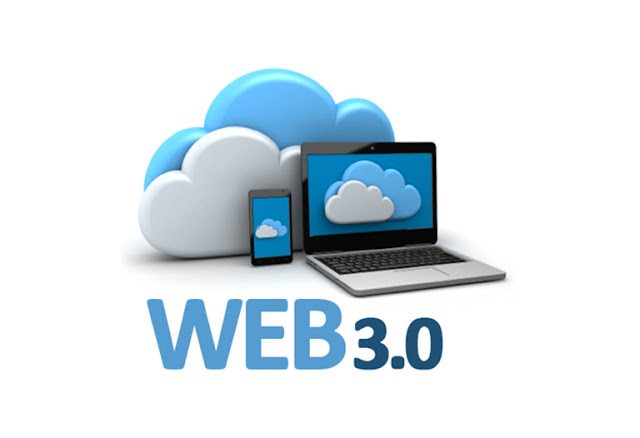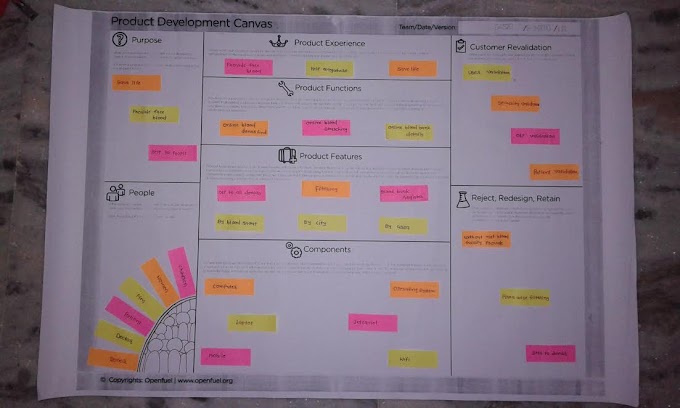Internet technology benefits more than 3 billion people worldwide every day. As a result of three key innovations: smartphones, social media, and cloud storage, the internet has evolved from static desktop web pages to an interactive experience.
A history of the internet's evolution
The internet has gone through several stages of evolution since its creation. In Web 1.0, static web pages were the norm. Some websites allowed users to showcase their interests and hobbies, in addition to providing news and information. Moreover, images and videos were discouraged in Web 1.0 to save bandwidth.
During the twenty-first century, Web 2.0 evolved into a dynamic, customizable, and user-driven internet. During Web 2.0, images and videos no longer slowed down websites, and we could share them with a few clicks. It is now time for Web 2.0 to pave the way for a smarter and better Web 3.0.
How does web 3.0 work?
As the next generation of internet technology, Web 3.0 emphasizes artificial intelligence and machine learning. It promises a more open and transparent internet in which anyone can participate without fear of privacy or security breaches. In many ways, Web 3.0 is a return to the original web, where "no permission from a central authority is required.
Web 3.0 is also referred to as the web of value because it connects the concept of decentralization with human rights, resulting in a collaborative environment in which everyone is equal and provides actual value to its consumers. Here's a thread in which Chris Dixon, an entrepreneur and general partner at crypto venture a16z, explains Web 3.0's importance.
Advertising and marketing will be the most significantly impacted industries by Web 3.0, but it will affect every industry that uses the internet in some way.
Is web 3.0 going to change digital marketing?
Web 1.0 was the first to adopt digital marketing agency when web-ad banners appeared on websites in the mid-1990s, followed by Web 2.0, which introduced social media. Marketing has evolved along with the web's evolution. In order to gain a larger market share and reach out to their target audiences efficiently, businesses and organizations have turned to digital marketing and advertising. Despite its advantages, Web 2.0 is not without its disadvantages, such as a few large corporations controlling the entire internet, multiple middlemen in the process, a lack of transparency, and a screen-based internet.
As Web 3.0 takes hold, marketers will be able to connect brands to consumers more effectively. Blockchain technology increases data transparency, prevents fraud, and eliminates the need for centralized data collection. Web 3.0 will shift from chasing views, resolving errors, and treating people as targets to matching the right messaging and experience. By giving consumers control over their data and delivering value to them, Web3 allows marketers and advertisers to reestablish trust and reconnect with consumers.
When it comes to the internet, the longer you wait to get up to speed, the more difficult it will be for you to keep up. The Web 3.0 ecosystem is already being explored by brands. For instance, Nike acquired RTFKT, an NFT studio. Budweiser paid 30 ETH for the beer.eth domain in August 2021, and 8 ETH for the rocket NFT domain in August 2021. The RTFKT (pronounced artifact) is at the heart of some of the most popular NFT drops. There has been no avoiding the news about top brands releasing NFTs in recent months. Facebook has just renamed itself to Meta to emphasize its focus on the metaverse.
What are the implications of web 3.0 marketing for digital marketing?
1. New avenues for advertising have opened up in the metaverse.
The Metaverse does have the potential to bring in the next big digital revolution. Web 3.0 offers internet access not limited to the screen in front of us, but to the whole world around us. The metaverse indicates a transition from traditional advertising toward more engaging and captivating brand experiences. Facebook's rebranding is another indication that marketers must act quickly to capitalize on metaverse marketing.
2. Tokens will be the new currency of web 3.0.
The web3 app rewards users with tokens rather than loyalty points or vouchers. Tokens can be used as payment as well as votes on the application's future. There will be a dramatic improvement in interoperability between these entities as the web's value creation increases.
3. NFTs will reshape the marketing experience.
It should be noted that NFTs and Web3 are closely related. You may have heard about NFTs, a method of assigning permanent custody of digital assets. Digital works of art, ranging from music to doodles, are currently riding the wave of NFTs.
Discover how NFTs can benefit your business and how to market them.
The future of marketing has just begun.
In Web 3.0, advertisers have a chance to get back to the basics and engage with users directly while providing real value. As Web 3.0 approaches, we can expect a complete change in the way we use the web and how we conduct business online. However, there are some flaws in the way different Web3 features are currently implemented. However, there is also a lot of optimism that Web 2.0's issues can be resolved by the next phase of the internet, so it's worth paying attention to, even if it creates its own problems.
How can we help you?
We recognize that marketing in Web 3.0 can be overwhelming, especially if you are new to the industry. The transition towards Web 3.0 is inevitable, and those who get into it earliest will reap the greatest benefits. In order to build your audience, we manage your brand's marketing across the web 2 and web 3.0 ecosystems.




0 Comments